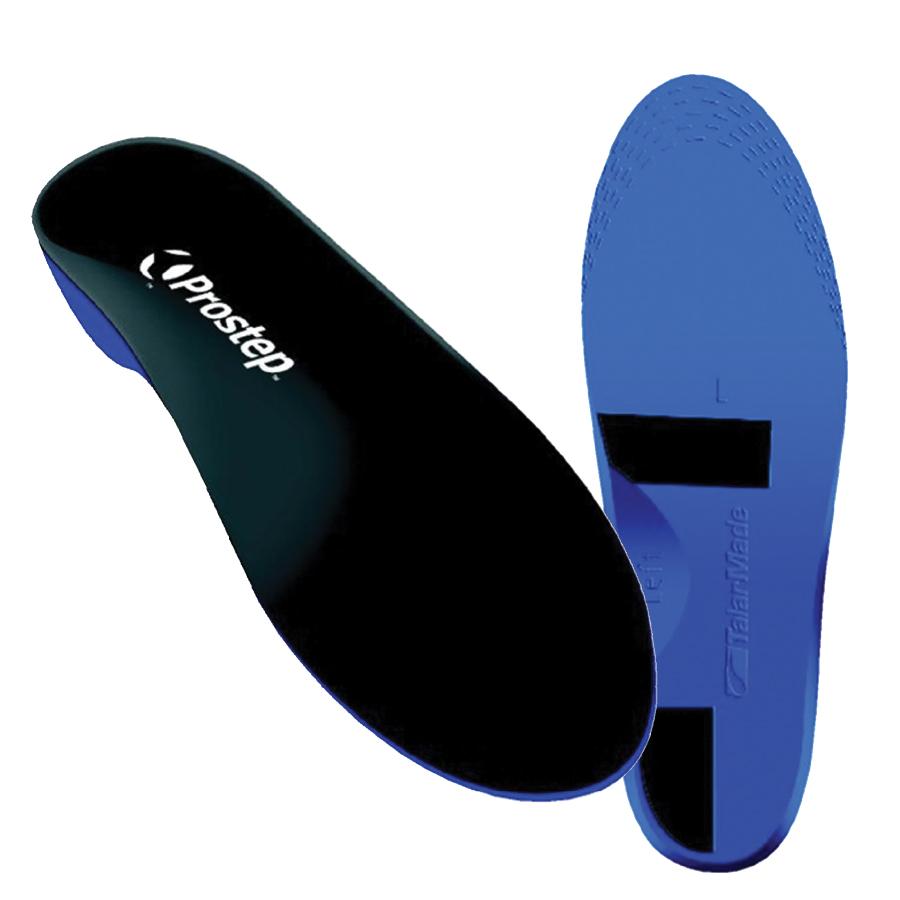-
- First Aid Kits
- Wound Closure
- Gauze Swabs & Dressings
- Defibrillators
- Scissors, Tweezers, etc.
- Stretchers
- Splints
- Neck Collars
- Mouth Guards
- Hemostatic Dressing
- Antiseptics
- Alcohol Wipes
- Fabric Strips & Finger Tape
- Blister Care & Anti-Chafing
- Adhesive Foam
- Cotton Products
- Eye Pads & Saline
- Misc. First Aid
- Clearance
-
- Login



